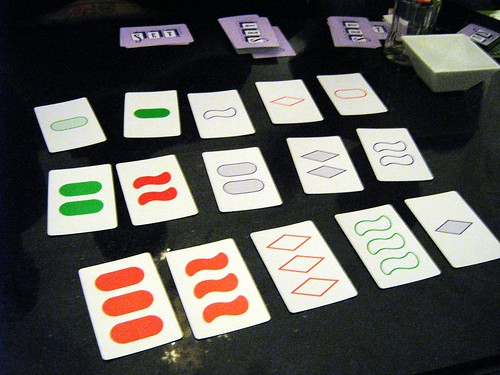Every year, I teach 600-900 students a “Fundamentals of Microbiology” course (Biol240). Three years ago, I wore a skull-print tie to class on October 31st. Afterwards, a student expressed disappointment that I had not worn a costume. The following year, I decided to wear a more… *impressive* Halloween costume to my lectures. I rented a replica Darth Vader costume and gave both of my back-to-back lectures fully suited. The reception for these lectures was nothing short of extraordinary. The university promoted the costume (http://www.bulletin.uwaterloo.ca/2012/nov/01th.html), students’ photos went viral (even making the front page of reddit; http://www.reddit.com/r/funny/comments/12eqaz/my_microbiology_professor_did_the_entire_lecture/), and I posed for many pictures with thrilled students after both class sections. Last year, I rented another replica costume: The Dark Knight. Again, student photos of the lecture circulated widely through social media and the costume was profiled in the Daily Bulletin (http://www.bulletin.uwaterloo.ca/2013/oct/31th.html). In a completely unexpected way, these costumes seem to have left their “viral” mark on Biol240.

But why? Many students wear costumes to campus on Halloween. Why is it so worthy of comment when a faculty member dresses up?
Student appreciation of these Halloween costumes reminds me of other classroom responses that I’ve noticed at seemingly unrelated moments. For example, when I show a picture of my kids and quote them in relation to the course, the room responds warmly and audibly (“awwwwww”). When I told the class how a particular episode of Swiss Family Robinson (involving a creeping white mat spreading over the island and killing its animals) instilled a lifelong phobia of fungus in me, students sat rapt on the edge of their seats. When I recorded a message for students in my basement and as part of a narrated video animation of a class concept, course evaluations tell me that this was very much appreciated.
It occurs to me that all of these teaching elements are linked. They convey unique messages to the class. These personal moments communicate that “I trust you”, and that trust is strong enough for me to be vulnerable in costume and risk looking silly, enough to show you my kids, enough to share my quirky personal foibles, and enough to let you see what my basement looks like (i.e., not pretty). In addition, I suspect that the simple personal things that we do send another message that is possibly even more important than trust, they communicate that we *like* our students. Our actions reflect that we like them enough to let our guard down in the classroom, just a little more than they would expect.
In some ways, building rapport with a class is very similar to relationship building. When we trust and like someone, we do extra things for that person, we even act silly at times. And, if all goes well, we end up… learning about microbiology. We enjoy the classroom experience that much more. We want to keep coming back. Could this be the very spoonful of sugar that makes course content go down?
Importantly, this isn’t about parlour tricks for simple entertainment, it is about building trust and relationships as a precondition for effective learning. I am thrilled that students respond positively by cleaving to course content and exploring microbiology with enthusiasm in the classroom. These in-class experiences may also influence future course selections and career choices, steering interests a little closer to micro than they might have done otherwise. It’s a win win.
Although wearing a costume can help foster trust and mutual appreciation in the classroom, there is an important unanswered question that lingers for me… what to wear for Halloween 2014?!
Josh Neufeld (Twitter: @JoshDNeufeld) is an Associate Professor in the Department of Biology, studying the microbial ecology of terrestrial, aquatic, and host-associated communities. For several years, Josh has taught a large second year course (600-900 students) as well as a small upper year course (18 students).


 Earlier this term I read a one page article, The Importance of Stupidity in Scientific Research. The article proclaims the importance of – nay – the imperative of learning from mistakes as a valuable education path. The author describes his astonishment that a very bright fellow PhD student gave up a career path because it made her feel stupid.
Earlier this term I read a one page article, The Importance of Stupidity in Scientific Research. The article proclaims the importance of – nay – the imperative of learning from mistakes as a valuable education path. The author describes his astonishment that a very bright fellow PhD student gave up a career path because it made her feel stupid.